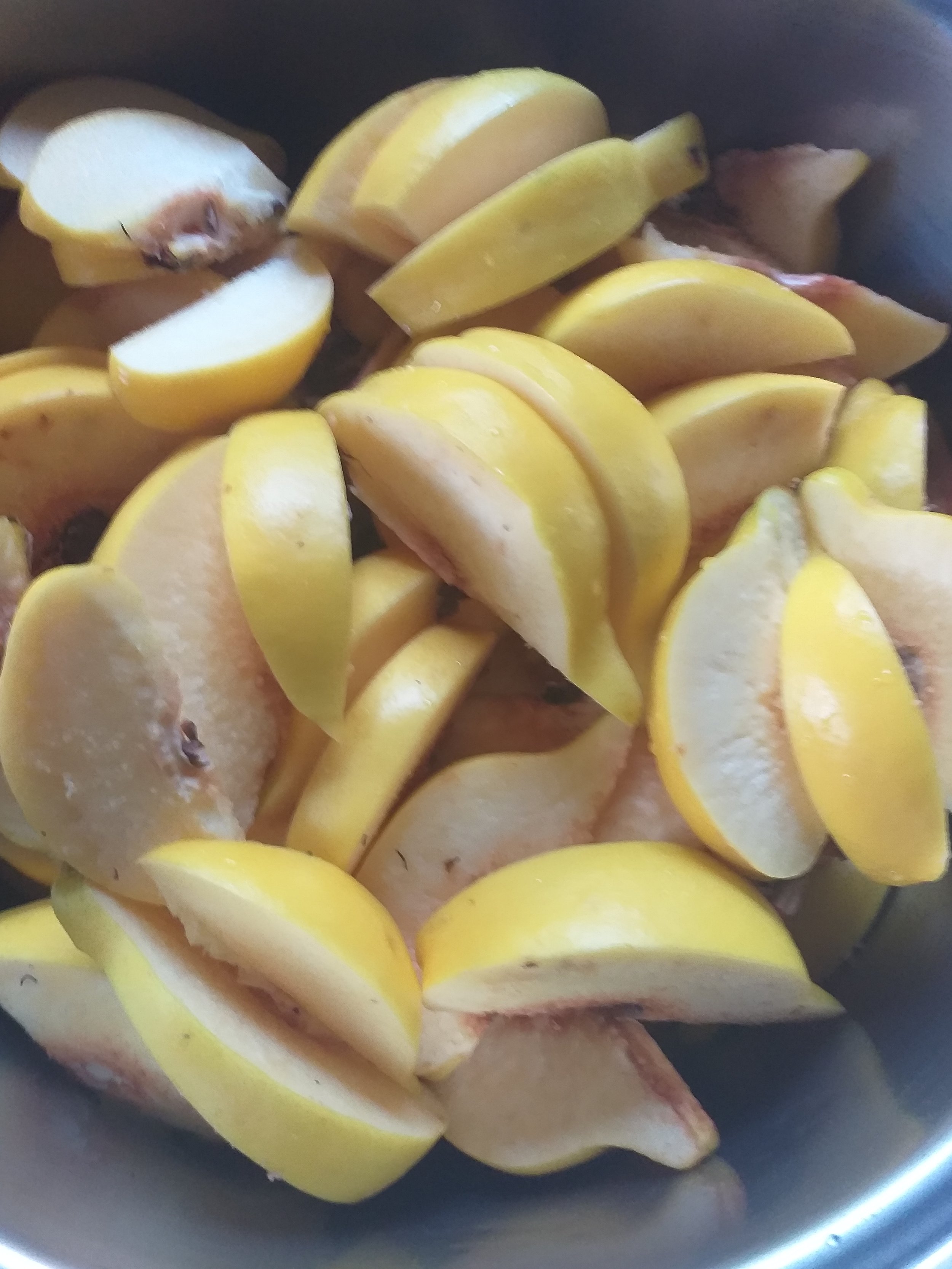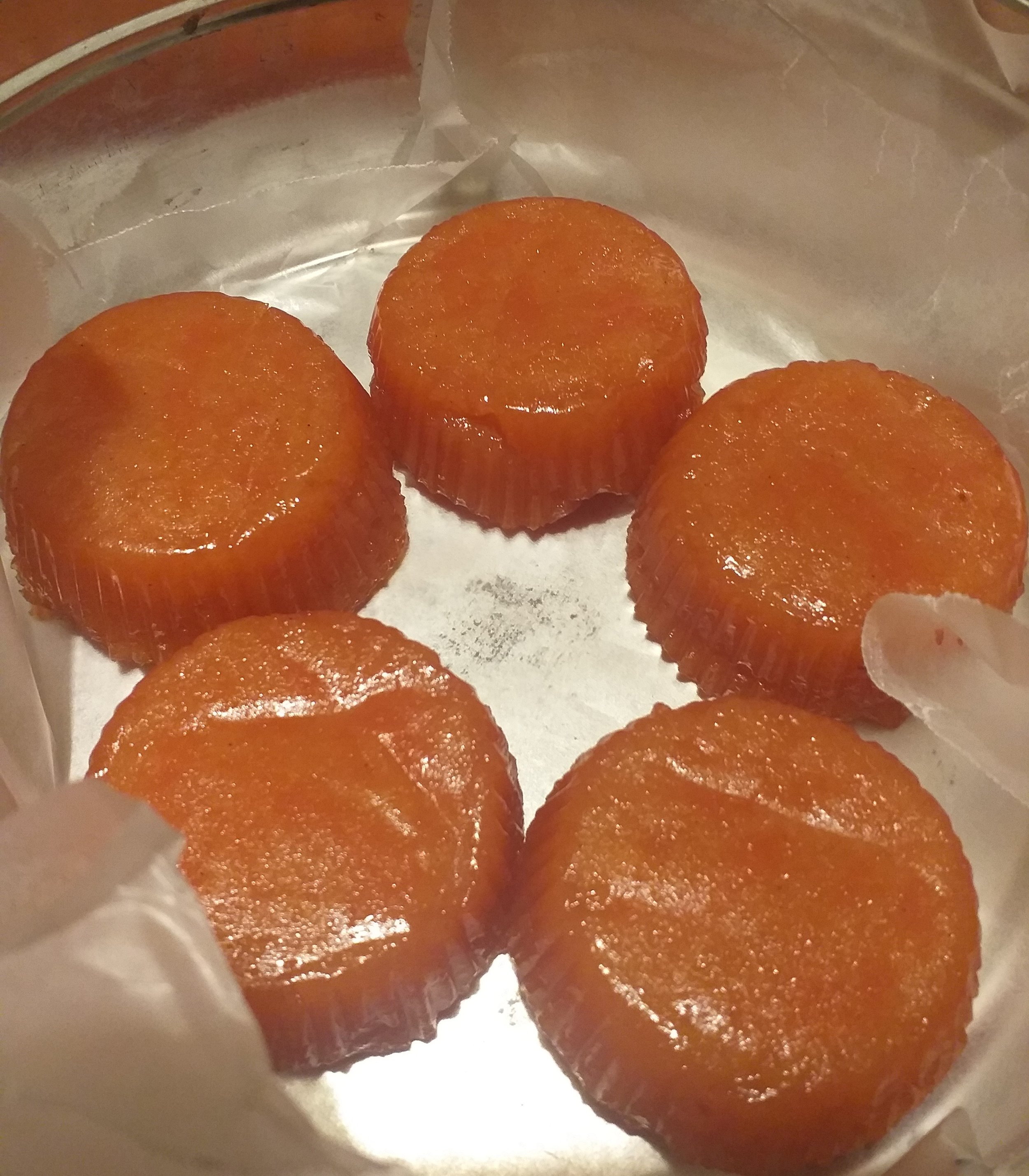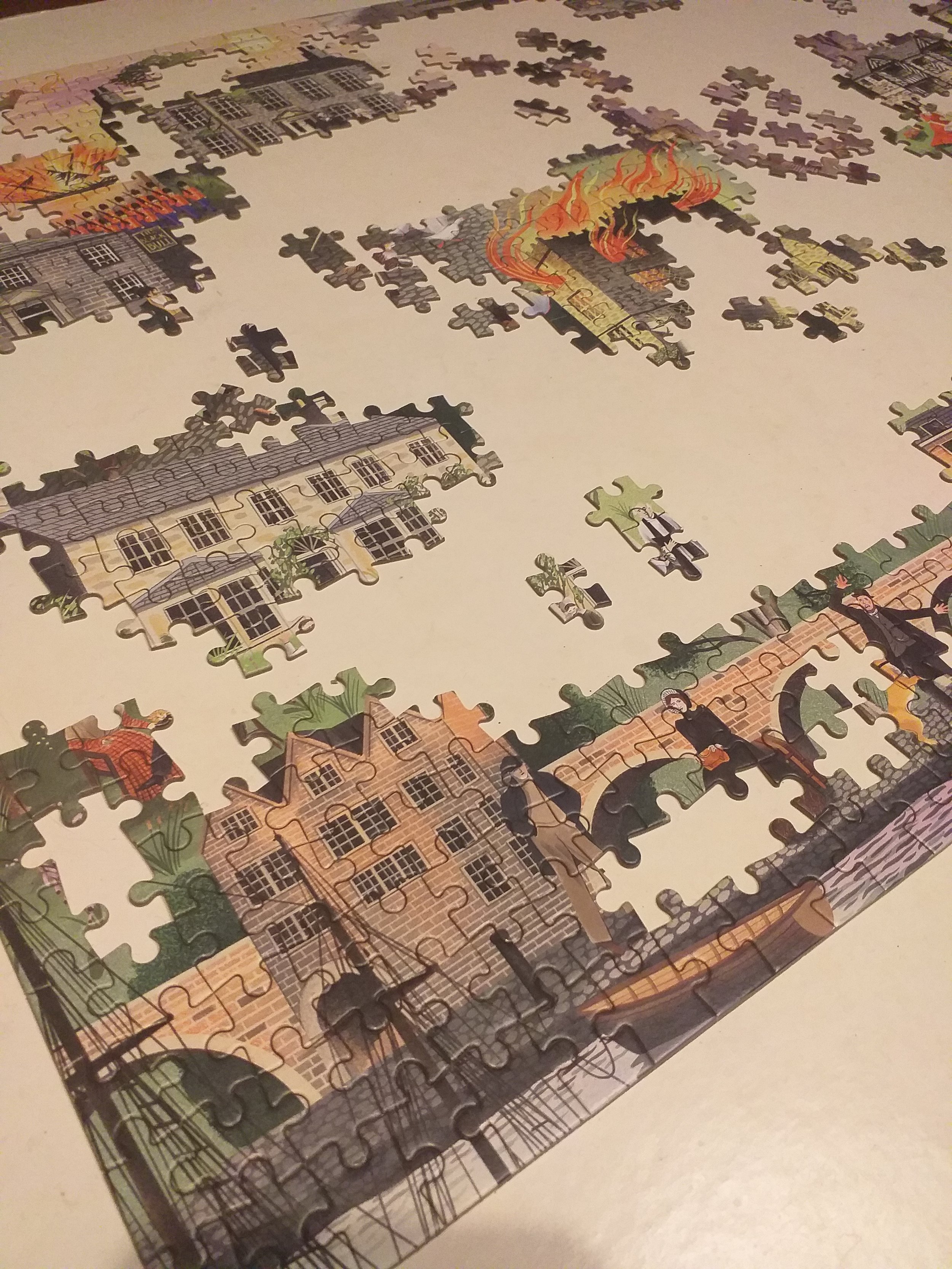There had been some strong gusts of wind in the night, he said, and the leaves of the banana tree, no, he corrected himself, the fronds of the banana palm, no, he re-corrected himself, nothing seemed right, the leaves of the banana plant, a more general term is always safer when unsure, the leaves of the banana plant he could see from the bathroom window were shredded and were this morning little more than a fringe of fibres tossing from each stem, or spine, perhaps, looking like those things that American cheerleaders wave about, whatever they are called, he didn’t know, not having taken an interest in American cheerleaders, are those things waved by American cheerleaders on sticks, though, he wondered, perhaps he should stop making similes with things he knew nothing about, perhaps he should stop making similes altogether, a simile is lazy, after all, in any case the leaves, whatever they looked like, looked silly, if silly can be a property of nature, silly enough to be used by an American cheerleader, or possibly a Morris dancer, he wondered, no, they’re either handkerchiefs or sticks, but the leaves of the banana plant were each a switch fringed with ribbons, silly, perhaps, a jester’s baton perhaps, but undoubtedly an evolutionary exemplar, everything in nature is an evolutionary exemplar, he thought, with the possible exception of human beings, or of myself at any rate, he thought, everything is an exemplar of the ineluctable operations of nature, why else would a banana leaf, or frond, whatever, unfurl itself pre-perforated like a seagull’s quill, bad simile, we won’t go there, if not to be torn apart along those perforations by the wind, when the wind is strong enough, shredding itself into ribbons rather than snapping, if not to protect its functions at the expense of looking silly, that is certainly the way the way of nature, he thought, I could certainly learn something from that. He was having trouble concentrating, he said, he was having trouble thinking really at all, even on the odd occasion, like today, when he had a little extra mental space, or mental time, mental space and mental time being the same thing even more obviously than physical space and physical time, so to call it, this extra mental space-time is, more than anything, a big internal vacuum, a big empty space (or time) for thoughts to reveal their clinamen unimpeded by practicalities, a tendency usually recognised as dissipation, but also, at least in theory, the circumstances in which thoughts might unexpectedly swerve towards each other, collide and make new thoughts. No sign of that, at least for me, he thought. I have sat down to write my weekly review, time is running out, and here I am, thinking about banana leaves, or banana fronds, not that I even have any strong feelings towards banana leaves or banana fronds, though I do, I suppose, hold banana fruit in a positive light even though the banana fruit is undoubtedly also silly, here I go again, and I am not even sure which book I will review. I have read many books recently, he declared, I have read many books and I have put many books aside half-read, or read in some proportions either greater or less than a half, I have read more and finished less, he said, even than usual, I have immersed myself in sentences, paragraphs and chapters but emerged quite dry, I do not know what to review, he said, perhaps, he thought, I will call my piece Why I Have Not Read Any of My Books, an explanatory text, perhaps, to Why I Have Not Reviewed Any of My Books, though it is not true that I have not been reading, he protested, I have been reading many books, far too many, he said, I have this pile here, by the bed, all of which I have been reading and enjoying but all of which I have stopped reading and moved on to reading something else, I have not finished a single book this week, he admitted, with the exception of All My Cats by Bohumil Hrabal, a book of which he had read something a little over half some weeks ago and had put aside unfinished, perhaps there is hope for the rest, he thought, perhaps I will come back to these books by the bed, or at least to some of them, finish them off and write reviews, as if, he thought with passing irritation, the purpose of my reading was to write reviews, I promised myself I would never read for that reason, and I must remind myself not to finish reading a book for any reason than the reading itself, whatever that means, he thought, there is little sense in that statement. “What are we going to do with all those cats?” Hrabal’s wife asks throughout Hrabal’s book, All My Cats, for there are, over the years, a varying but large number of cats at the Hrabals’ country cottage in Kersko, near Prague, some of whom just arrive and start living there but most of whom are the offspring of other cats already living there, as desexing cats does not seem to have occurred to Hrabal or to Hrabal’s wife, or perhaps was not common practice in Czechoslovakia in the period about which the book was written. Hrabal’s love for the cats is immense and respectful, he is a perceptive and sensitive companion for the cats, he seems to feel greater affinity for the cats than for humans, especially than for his neighbours, but Hrabal is a man who is easily overwhelmed, a man also constantly resisting the urge to hang himself from the willow tree beside the stream, as the fortune teller had told him he would, and he succeeds in this, he died falling from a hospital window after he had written this book, obviously. The greater Hrabal’s love for all his cats, the greater Hrabal’s feelings of guilt about those times when he has taken certain of his cats and killed them in the old mail sack in the shed, killed them for there being too many of them, for their demands being too great for Hrabal, both practically and emotionally, and Hrabal’s capacity to love ensures that his guilt will never be assuaged, his guilt grows more intense over the years, so much so that he even buys a brown car. How lucky you are, say Hrabal’s friends and acquaintances, to have this cottage at Kersko, bought with the income from your literary success, this cottage at Kersko to which you can go and write, to which you can go and enjoy the mental space and the mental time, the same thing, in which thoughts reveal their clinamen and collide with other thoughts to make that writing happen, but for Hrabal the mental space and the mental time spent in his cottage in Kersko are entirely filled with his cats, with his love for his cats and his guilt about killing his cats, and his time and his space are a torment, Hrabal could have made a torment of anything, the cats are central and everything else, from his accident in his brown car to his attempts to rescue a swan frozen into the river, gain their meaning for Hrabal from their relationship to the love-guilt axis he has with his cats. All of Hrabal’s writing is an elaboration on this love-guilt axis, or on the love-guilt axis of the characters in his books, a love-guilt axis that draws its authenticity from the love-guilt axis of their author. Hrabal shows, he thought as he wondered if he would be able to write a review of Hrabal’s book, whether he had enough mental space and mental time to write such a review, Hrabal shows how the mental space and mental time required for writing is also the mental space and mental time that runs what could be termed a constant existential risk, why else would we construct our normal lives, so to call them, our cultural and social and practical lives, so carefully to minimise our mental space and our mental time, if not to avoid the realisation of an underlying existential void, if not to avoid what he called, offhandedly, a Kierkegaardian moment of enlightenment, an intolerable recognition of the meaningless, purposelessness and ennui that assail us from all sides and at every moment but which we avoid thinking about by deceiving ourselves. Thank goodness for love and guilt, he thought, do I have enough of either? He had not finished reading his books and he had not written his review, but then he had not done any of the many other things he had also intended to do during the day, he had not changed the washers in the dripping taps or sorted out his clothes draw, he had not dealt with the borer in the bathroom, he was not quite sure what he had done, other than think about banana leaves, thoughts he wished now that he had not thought, or written about at least. So much for mental time and mental space, he thought.


















































































